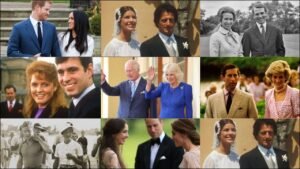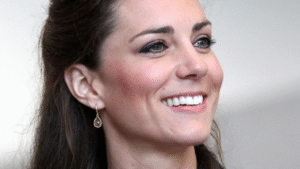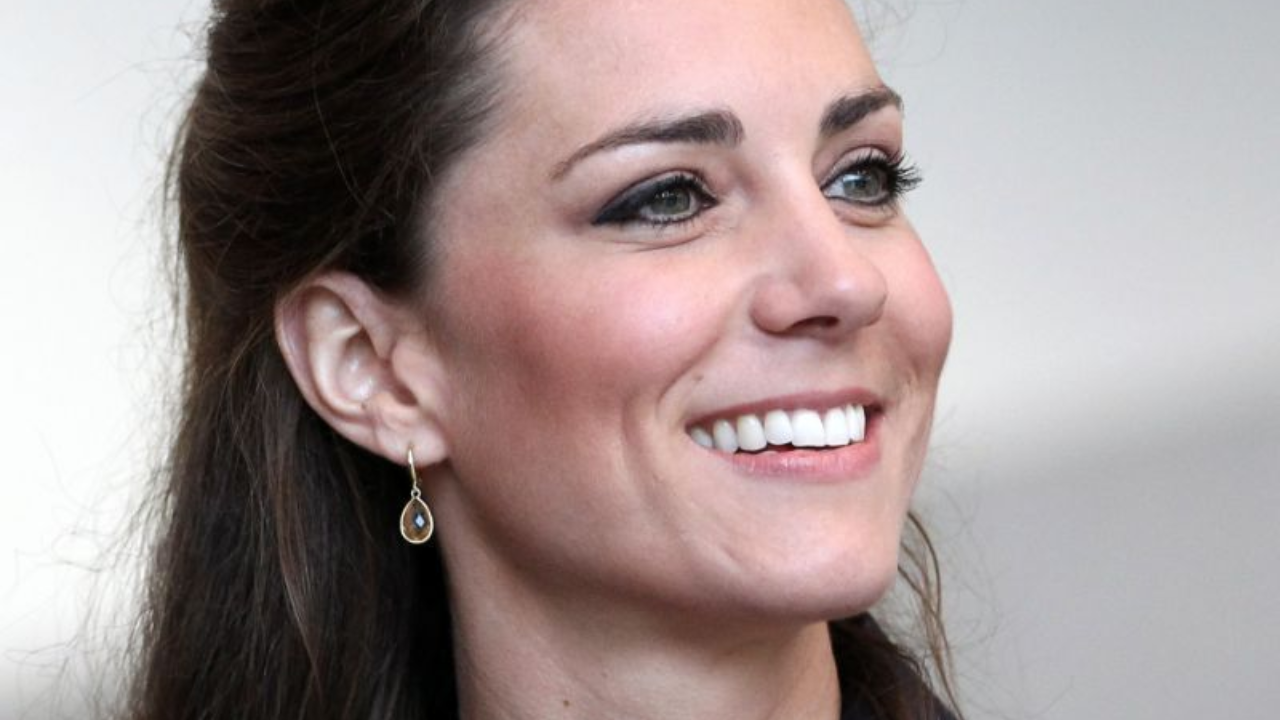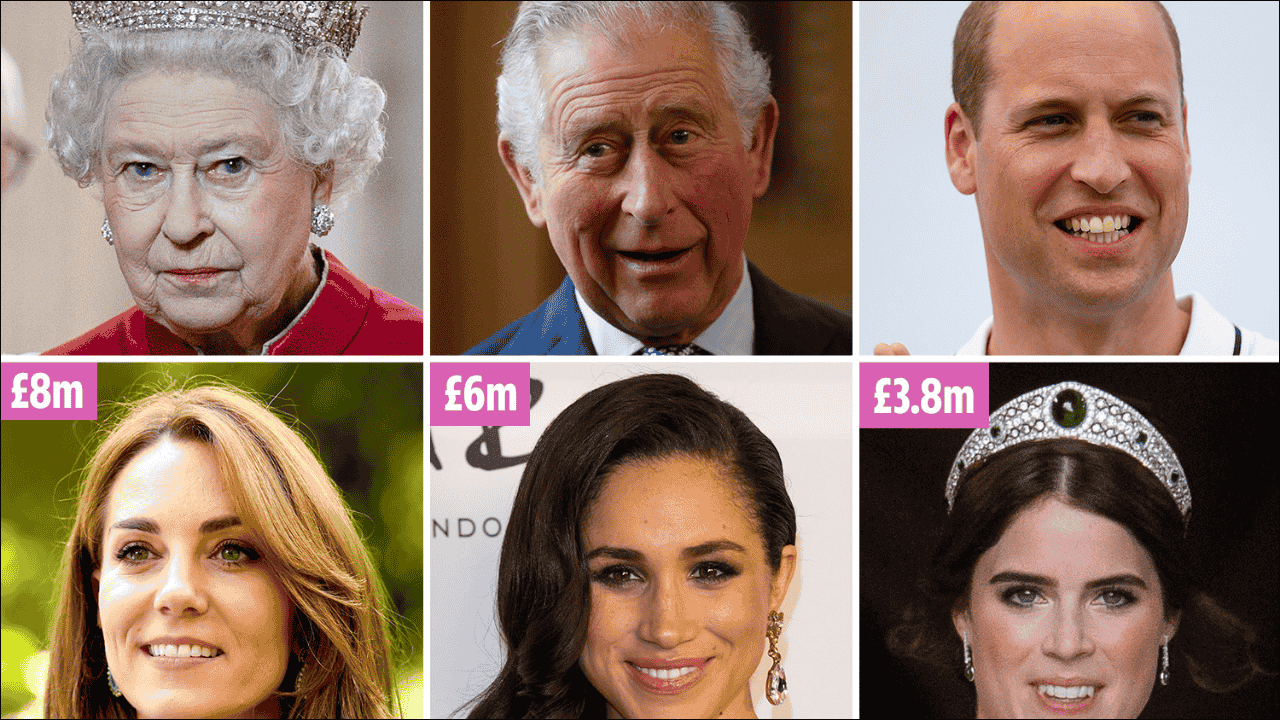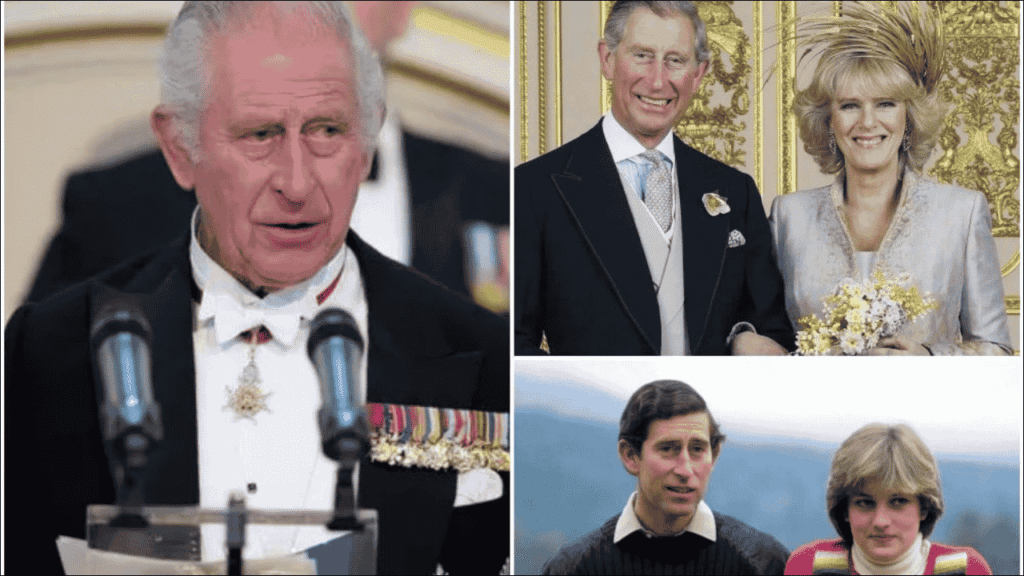
There is no denying that Prince Charles has led one of the most remarkable and scrutinized lives in modern royal history. Born into a world of tradition, responsibility, and constant public attention, he has spent his entire life preparing for the role of monarch. As the eldest son of Queen Elizabeth II, his path has been carefully shaped by protocol, expectations, and the weight of the Crown.
Yet, despite the wealth, privilege, and prestige surrounding him, Charles’s life has been anything but easy. Over the decades, he has faced challenges that range from public scandals to deeply personal struggles. He has also achieved significant milestones, both in service to the monarchy and through his charitable work. This is a closer look at the defining moments, triumphs, and trials of the Prince of Wales.
Table of Contents
Was He Really Born to Be King?
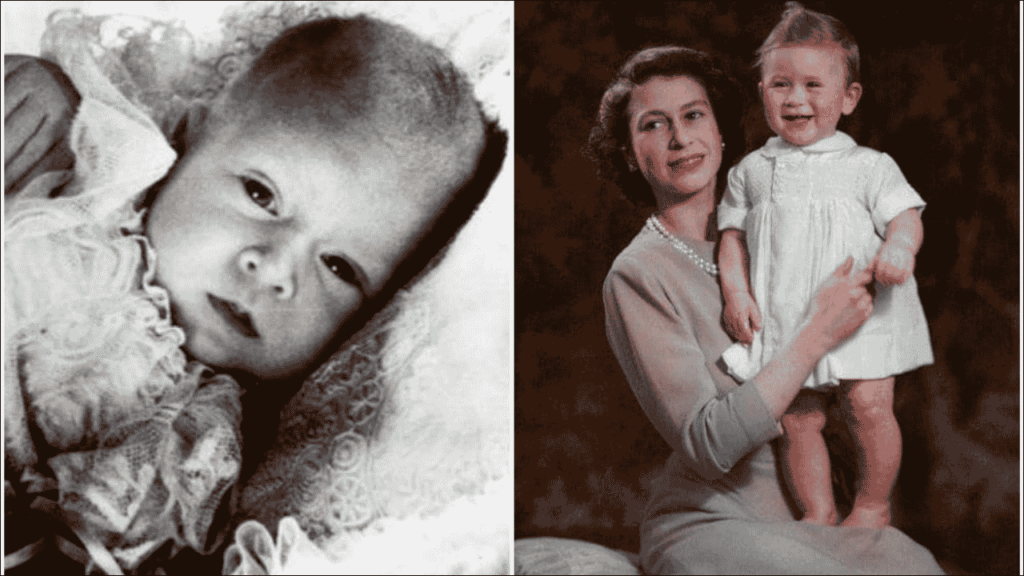
From the very beginning, Charles’s life was destined to be extraordinary. Born on November 14, 1948, to Princess Elizabeth and Prince Philip, he was greeted by the public and press as “a lovely boy, a really splendid baby.” Newspapers hailed his arrival as a symbol of continuity and hope for the monarchy in the post-war era.
Charles’s birth was historically significant. He was the first royal baby of the 20th century to be born at Buckingham Palace, a location steeped in royal history and ceremonial tradition. From his earliest days, he was at the center of national attention, a position few children ever experience. While he avoided the hardships faced by previous generations of royals during wartime, his life would nevertheless be shaped by intense scrutiny and high expectations.
Passing of the Crown
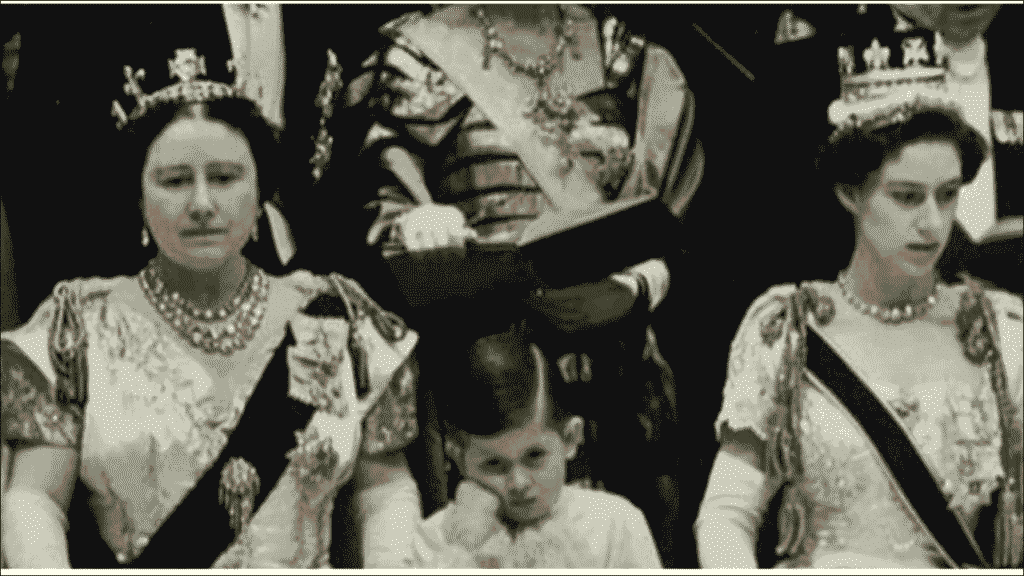
Charles’s life took a dramatic turn when he was barely three years old. On February 6, 1952, King George VI, his grandfather, passed away from coronary thrombosis. His death marked a bittersweet turning point in the history of the British monarchy.
Elizabeth, at just 25, ascended the throne as Queen Elizabeth II, and young Charles became heir apparent at an age when most children are still learning to navigate the world. Overnight, he was thrust into a life defined by duty, protocol, and preparation for the eventual day he would wear the crown. This pivotal moment began what would become one of the longest periods any royal has served as heir apparent in history.
The Little Prince
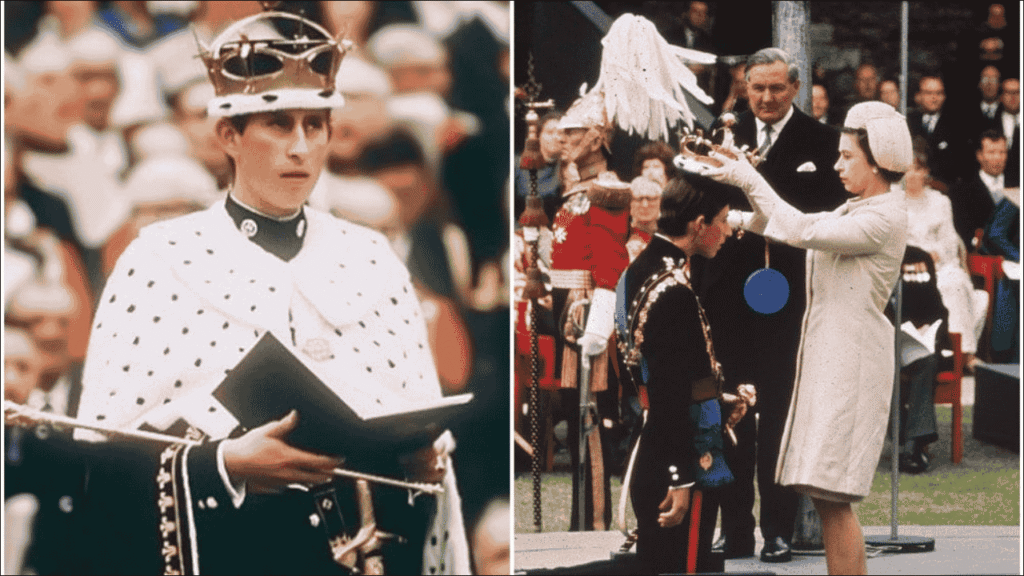
As Charles grew older, his list of titles and responsibilities expanded. In July 1958, Queen Elizabeth II officially named him the Prince of Wales, a title traditionally given to the male heir to the throne. At nine years old, he was already stepping into the responsibilities of a future monarch.
More than a decade later, in a grand and widely televised ceremony at Caernarfon Castle in 1969, Charles was formally invested as Prince of Wales. While the pomp and pageantry of the ceremony captured global attention, Charles sought to maintain some semblance of a normal life, determined to balance his royal duties with experiences familiar to other children.
Like Any Other Student
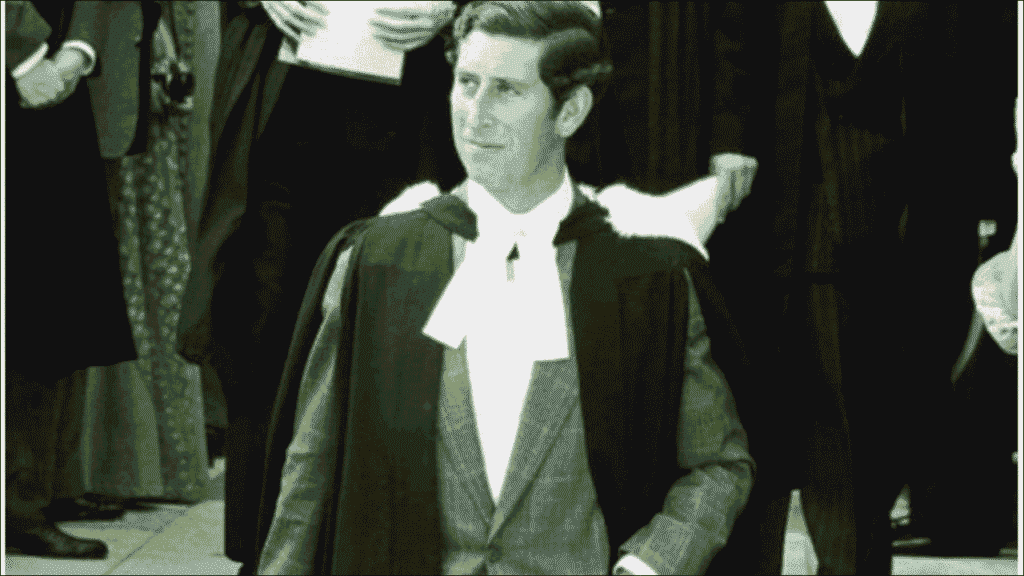
Breaking with centuries of royal tradition, Charles became the first heir apparent to attend a university. In October 1967, he enrolled at Trinity College, Cambridge, to study anthropology, archaeology, and history. He graduated in 1970 with a 2:2 degree — a result that surprised many casual observers and stirred public debate about his academic performance.
Some speculated that Charles’s studies were hindered by his royal responsibilities, while others suggested he deliberately pursued a moderate academic record to avoid the pressure of perfection. Regardless, his time at Cambridge offered a rare glimpse into a more ordinary life, allowing him to interact with peers outside the confines of palace walls.
The “Ladies’ Man” Label
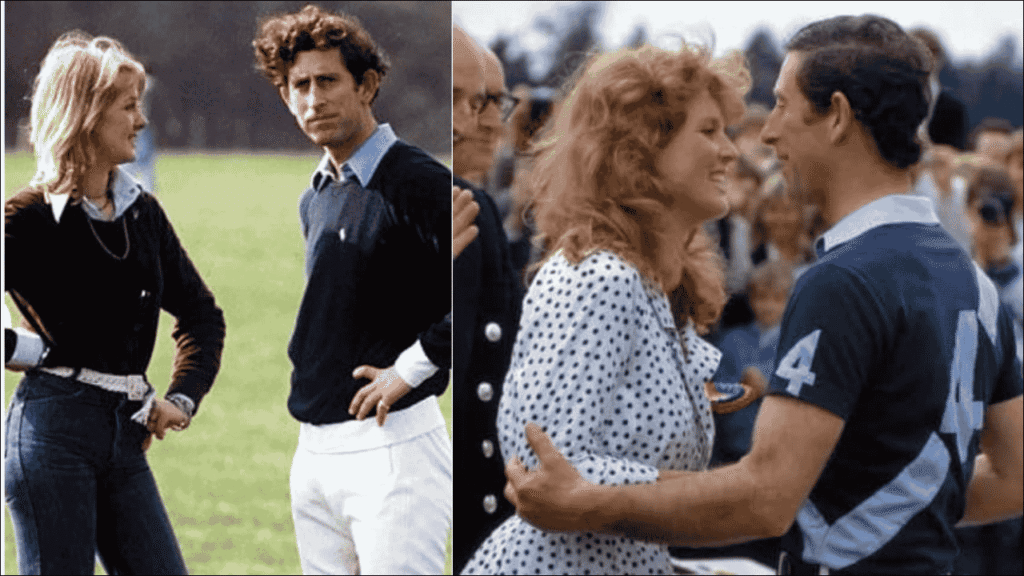
Even before he married, Charles’s personal life was the subject of public fascination. The media and some relatives labeled him a “ladies’ man,” portraying him as a charming but somewhat rebellious young prince.
Charles consistently denied such claims and expressed deep hurt over the rumors. While his later romantic history would indeed spark global attention, the early speculation was often sensationalized. He maintained that much of the gossip was unfair and did not reflect his true character.
The Saga Begins: Meeting Camilla
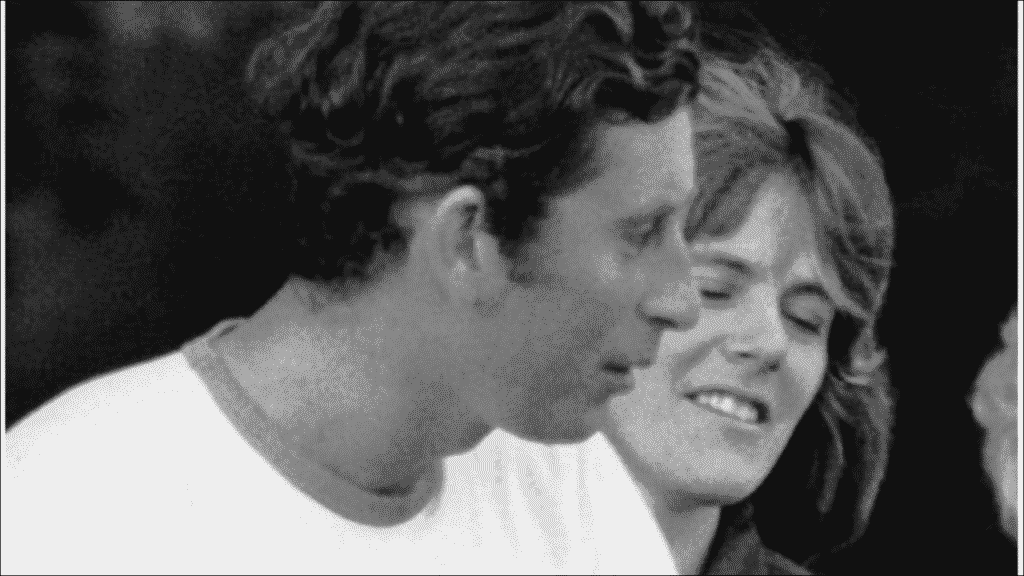
In 1971, Charles’s personal life took a fateful turn when he met Camilla Shand. The two were immediately drawn to one another, forming a relationship that seemed genuine and lasting. Friends described the pair as perfectly compatible, and many assumed they were destined to marry.
However, circumstances intervened. Camilla rekindled a romance with her former boyfriend, Andrew Parker Bowles, and eventually married him in 1973. Heartbroken, Charles moved on, focusing on other pursuits and responsibilities, though the connection with Camilla would resurface years later.
In the Navy
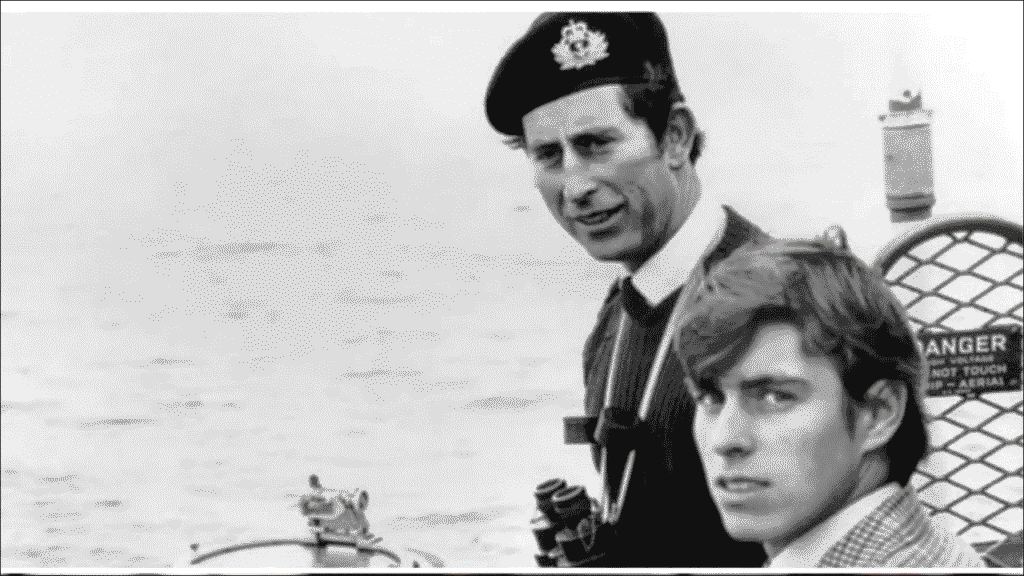
Around the same time, Charles began a career in the military, first with the Royal Air Force and later with the Royal Navy. He trained as a jet pilot and helicopter pilot, serving aboard several ships and even taking command of HMS Bronington. His naval service allowed him to develop leadership skills, independence, and a sense of duty that would serve him well in his royal life.
His flying career came to a dramatic end years later when he survived a BAe 146 crash in the Hebrides, a reminder of the risks inherent even for a royal pursuing active service.
The First of Many Charities

Following the conclusion of his naval career in 1976, Charles redirected his energies toward public service. Using $8,000 from his military pension, he founded The Prince’s Trust, an organization dedicated to supporting disadvantaged youth.
The charity was the first of over 25 initiatives that Charles has either established or played a major role in, covering a broad spectrum of social, environmental, and cultural causes. His commitment to charitable work has been one of the defining features of his public life, earning him respect and recognition far beyond royal circles.
Dating Diana’s Sister
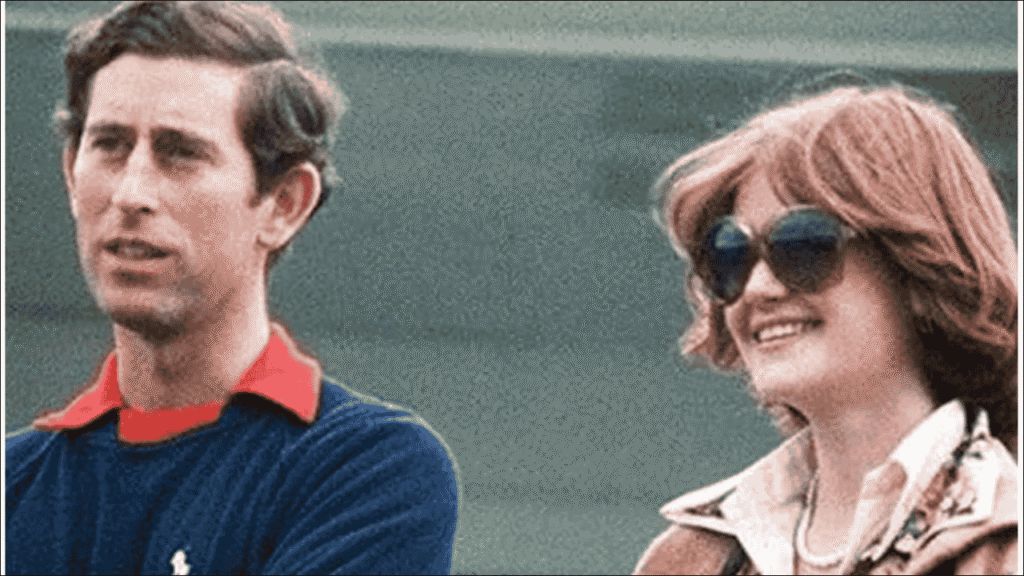
Before meeting Diana Spencer, Charles reportedly had a brief romance with her older sister, Lady Sarah McCorquodale, in 1977. Their relationship lasted approximately nine months but ended after Sarah made a candid remark to the press, saying she would not marry Charles “if he were the dustman or the King of England.”
This early relationship, though short-lived, indirectly paved the way for Charles’s future connection with Diana, who would become a central figure in his life and public story.
Early Days with Diana
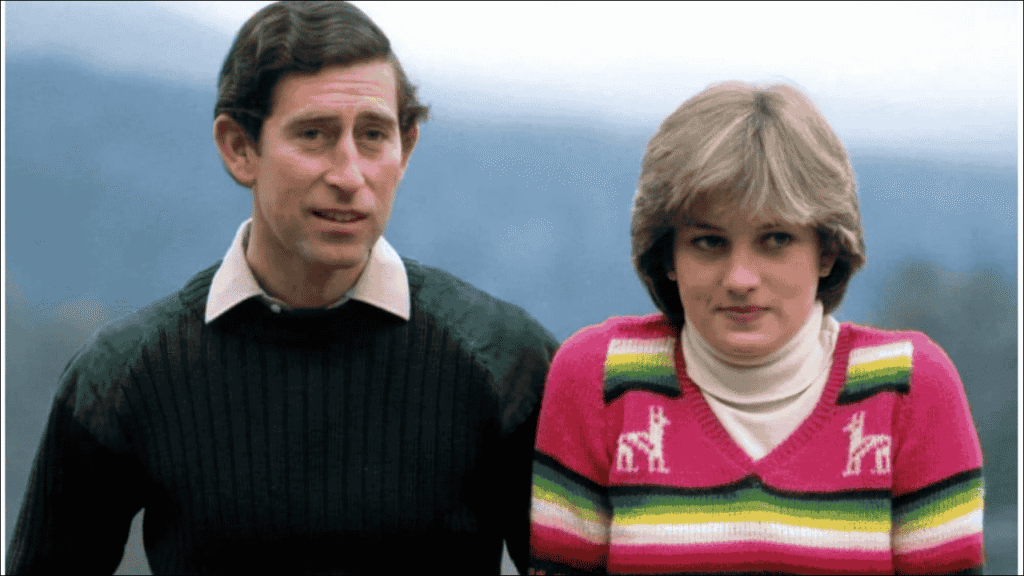
Charles first encountered Diana in 1977, but it was not until 1980 that he considered pursuing her romantically. In the wake of the assassination of his uncle, Lord Mountbatten, Diana provided emotional support, which played a role in Charles’s decision to court her.
Under pressure from Prince Philip to formalize a relationship, Charles proposed just before Diana traveled to Australia. She accepted immediately. Their engagement was formally announced in 1981: Charles, 31, and Diana, 19. When asked about love, Charles famously remarked, “Whatever ‘in love’ means,” a statement that reflected both caution and the immense pressures of royal expectations.
The Royal Wedding and Family Life
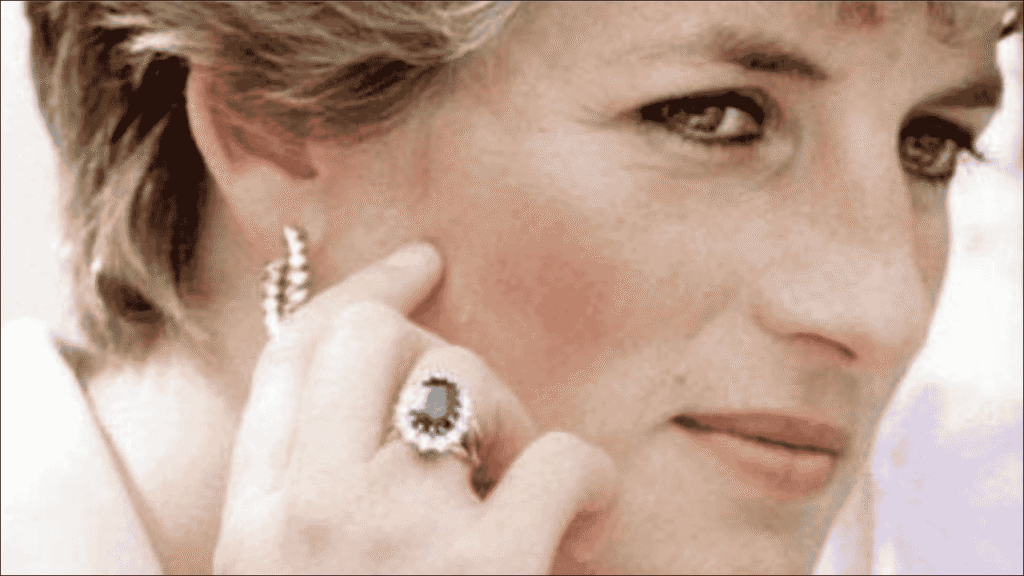
On July 29, 1981, Charles and Diana married at St. Paul’s Cathedral in a ceremony watched by approximately 750 million people worldwide. The union initially seemed like a fairy tale, soon followed by the births of their two sons: Prince William in 1982 and Prince Harry in 1984.
Although their early years as a family included joyful moments, cracks in their marriage soon became apparent. The pressures of royal life, combined with personal differences and external influences, began to create tension behind closed doors.
The Downward Spiral
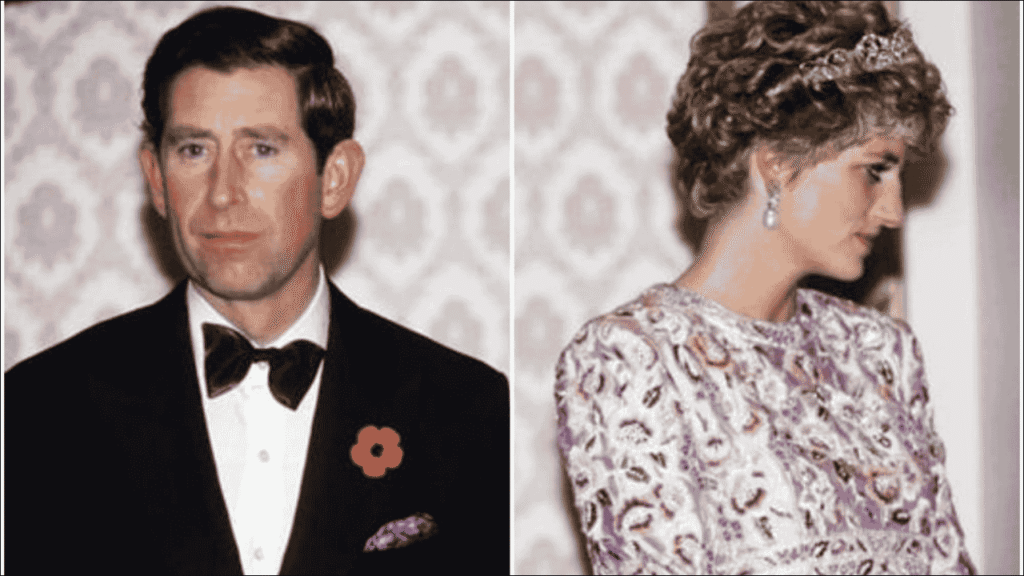
By the mid-1980s, the marriage faced significant strain. Differences in age, personality, and priorities created challenges that the couple struggled to overcome. In 1986, Charles rekindled a friendship with Camilla Parker Bowles, while Diana also formed emotionally significant attachments outside the marriage.
The growing distance between Charles and Diana became a public concern, eventually culminating in a highly scrutinized separation.
Leaked Calls and Public Scandal
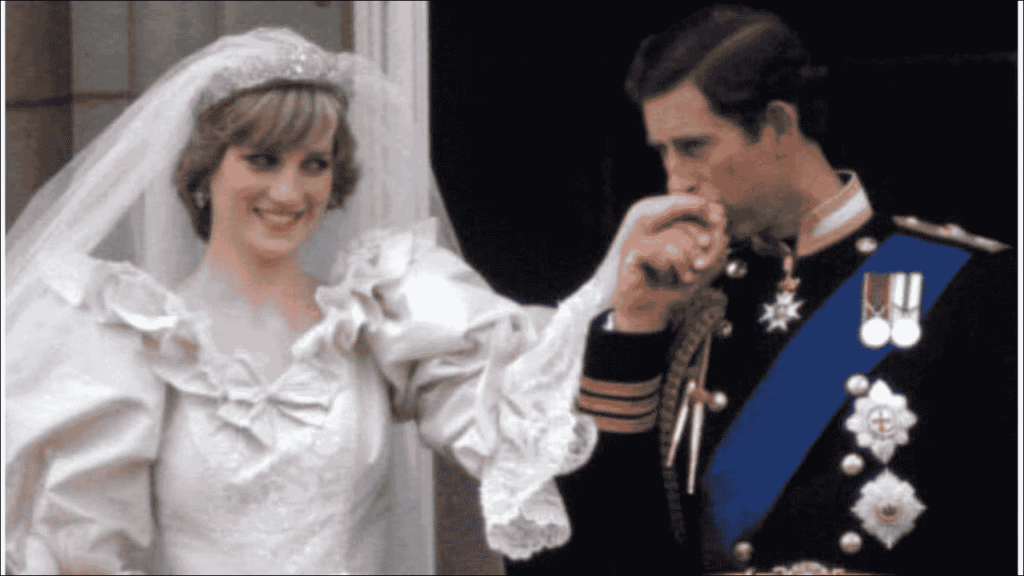
In 1992, intimate conversations between Diana and her riding instructor, James Gilbey, were leaked in what became known as “Squidgygate.” Shortly thereafter, transcripts of Charles’s conversations with Camilla — infamously dubbed “Camillagate” — surfaced, confirming the affair rumors.
These events shocked the public and amplified media attention on the royal family, setting the stage for a formal separation and eventual divorce.
Speaking Out
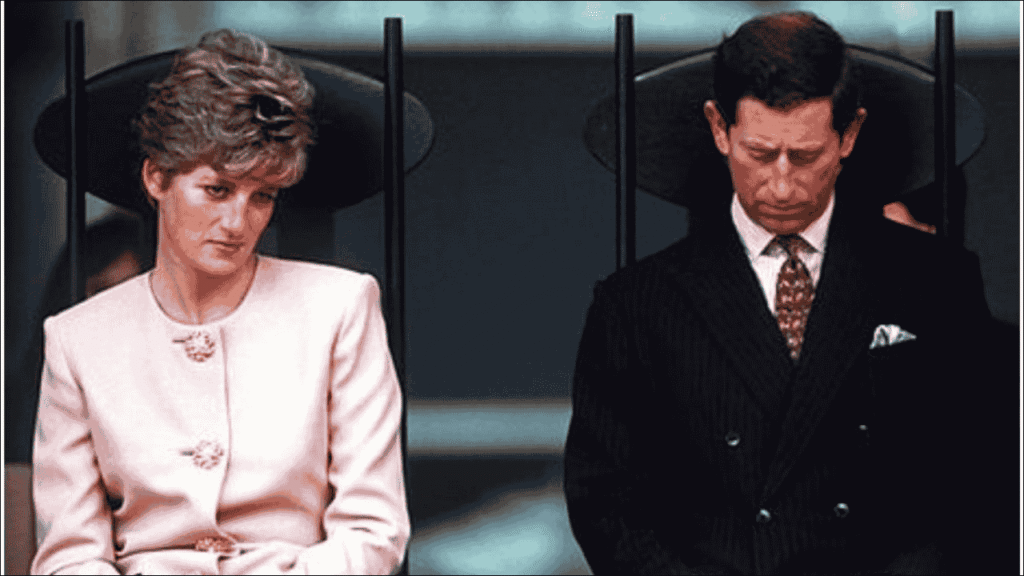
In 1994, Charles collaborated with author Jonathan Dimbleby on a biography that shed light on his perspective. He acknowledged his infidelity, but also described the marriage as irretrievably broken. His account painted a picture of mutual struggle, emphasizing that both parties had tried to make the relationship work.
In response, Diana gave her own interview in 1995 on BBC’s Panorama, famously stating, “Well, there were three of us in this marriage, so it was a bit crowded.” The remark referred to Camilla and underscored the public and personal complexities of Charles’s marriage.
Legacy and Reflection
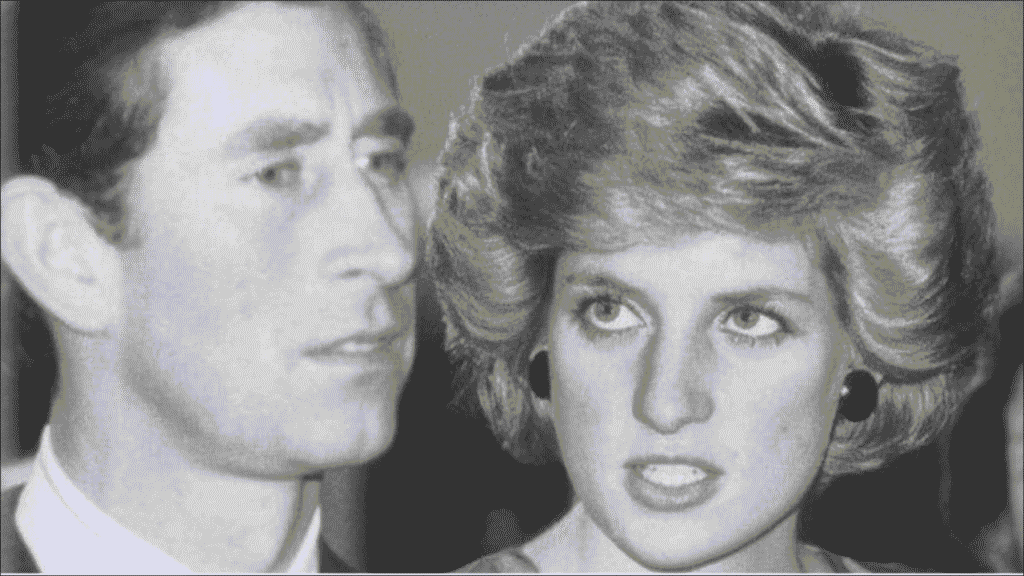
Despite personal challenges, Charles has devoted much of his life to charitable work, environmental advocacy, and preparation for his eventual role as monarch. His commitment to causes such as climate change, youth development, and sustainable architecture demonstrates a deep desire to leverage his position for societal benefit.
Charles’s story is one of contrasts: privilege and pressure, tradition and personal desire, public duty and private struggle. From the early days of his childhood to the controversies of his adult life, the Prince of Wales continues to navigate a delicate balance between duty and personal fulfillment, shaping both the monarchy and modern British society.

